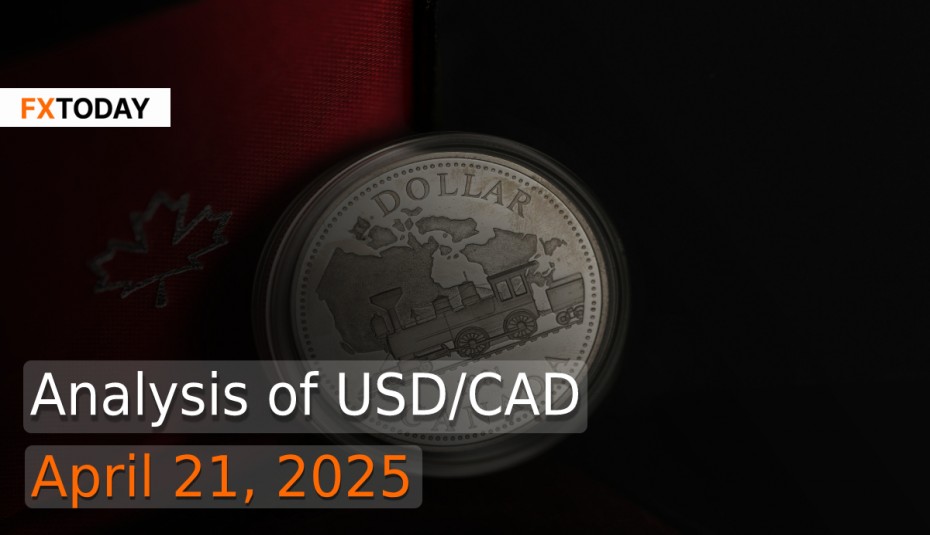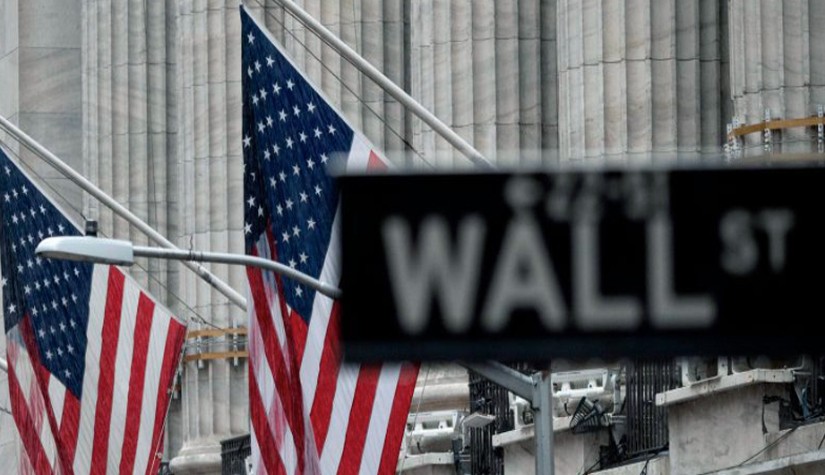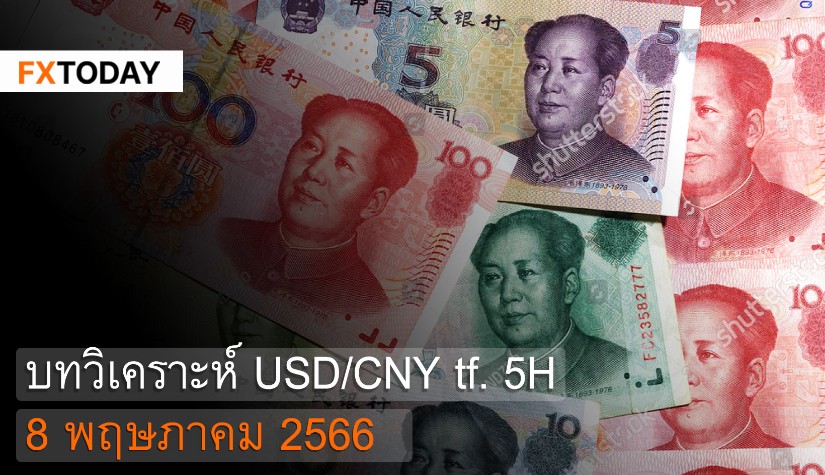BoC Holds Rate Amid Global Trade Uncertainty
The Bank of Canada (BoC) decided to pause its policy interest rate at 2.75% after seven consecutive cuts, signaling a cautious approach amid rising global economic uncertainty, especially stemming from U.S. trade policy shifts. Governor Tiff Macklem emphasized the need for flexibility, stating the central bank is prepared to act decisively if economic conditions deteriorate. This pause is not considered the end of the easing cycle, as the bank is closely monitoring the impact of tariffs and inflation trends.
The Canadian economy ended 2024 with strong momentum, driven by rate cuts that boosted household spending and investment. However, escalating U.S. tariffs, imposed by President Trump, have introduced volatility in financial markets, weakened business sentiment, and raised the risk of a global trade war. These developments have clouded the outlook for both economic growth and inflation. As a result, the BoC has temporarily suspended issuing formal economic forecasts and instead provided two policy scenarios.
In the first scenario, tariffs are largely reversed through negotiations, leading to temporarily weak growth and inflation dipping to 1.5% before returning to the 2% target. In the second, a prolonged trade war causes a recession lasting a year, with inflation spiking above 3% in mid-2026 before stabilizing.
Recent data reflect a cooling economy. GDP growth is estimated at 1.8% for Q1 2025, down from a robust Q4 2024. Business investment and exports are weakening, while labor markets show signs of strain. Employment growth has stalled, and hiring intentions are being scaled back.
Inflation slowed to 2.3% in March 2025, down from 2.6% in February, driven by lower gasoline and travel prices, although core inflation remains sticky. The removal of carbon taxes and lower oil prices are expected to suppress headline inflation further. Some economists believe this inflation drop supports additional rate cuts.
Despite economic concerns, Canadians invested a record C$29.8 billion in U.S. equities in February 2025, particularly in large-cap tech and finance stocks, even as U.S.-Canada trade tensions mounted. Meanwhile, foreign investment in Canadian securities declined, especially in equities, though bond and money market inflows partially offset this trend.
The U.S. dollar fell sharply as investor confidence waned due to President Trump’s repeated attacks on the Federal Reserve. Markets were rattled by fears over the Fed’s independence, prompting a sharp decline in the dollar, which hit multi-year lows against major currencies. Fed officials and economists warned that political interference could damage the institution's credibility and economic outcomes.
Despite a dip in unemployment claims suggesting stable labor market conditions, broader economic data painted a bleaker picture. Trump’s import tariffs are pressuring the housing sector, with single-family housing starts plunging to an eight-month low and builder sentiment remaining depressed. Higher costs from tariffs are raising construction expenses, dampening the potential benefits of lower mortgage rates, and discouraging new housing projects. Permits for future home construction also declined, highlighting a broader slowdown.
Analysts at Capital Economics and other institutions noted that the dollar’s status as a global safe haven is being undermined by unpredictable tariff measures. Trump’s on-again, off-again trade policies — including high tariffs on Chinese goods and temporary exemptions for certain tech products — have increased financial market volatility. These policies are causing indirect damage to the dollar, disrupting the U.S. Treasury market and shaking investor confidence. Some analysts now question whether the dollar’s dominant global role might gradually erode if uncertainty persists.
The Fed, led by Powell, is maintaining a cautious approach in the face of trade tensions and slowing growth. Officials indicated they are monitoring credit markets closely and are prepared to shift to a more accommodative stance if signs of financial stress emerge. Analysts from Macquarie expect the Fed might act more decisively if instability appears in leveraged sectors such as the loan market. However, Fed leaders have so far framed tariff-driven disruptions as potentially temporary, opting for a wait-and-see strategy before adjusting interest rates.
If trade tensions persist and the Fed moves toward a more accommodative stance while BoC holds or cuts further, USD/CAD may test resistance near 1.40 in the short term. However, if global risk sentiment stabilizes and U.S. dollar weakness continues—especially due to political risks—USD/CAD could retrace toward the 1.36–1.37 range by mid-2025. Overall, upside risks dominate in the short run, but medium-term outlook favors a mild correction lower, contingent on resolution of U.S. trade tensions and BoC policy clarity.
Data for Technical Analysis (30Min) CFD USD/CAD
Resistance : 1.3817, 1.3821, 1.3828
Support : 1.3803, 1.3799, 1.3792
30Min Outlook
Source: TradingView
Buy/Long 1 If the support at the price range 1.3795 - 1.3803 is touched, but the support at 1.3803 cannot be broken, the TP may be set around 1.3817 and the SL around 1.3791, or up to the risk appetite.
Buy/Long 2 If the resistance can be broken at the price range of 1.3817 - 1.3825, TP may be set around 1.3834 and SL around 1.3799, or up to the risk appetite.
Sell/Short 1 If the resistance at the price range 1.3817 - 1.3825 is touched, but the resistance 1.3817 cannot be broken, the TP may be set around 1.3798 and the SL around 1.3829, or up to the risk appetite.
Sell/Short 2 If the support can be broken at the price range of 1.3795 - 1.3803, TP may be set around 1.3780 and SL around 1.3821, or up to the risk appetite.
Pivot Points Apr 21, 2025 02:41AM GMT
|
Name
|
S3
|
S2
|
S1
|
Pivot Points
|
R1
|
R2
|
R3
|
|---|---|---|---|---|---|---|---|
| Classic | 1.378 | 1.3792 | 1.3798 | 1.381 | 1.3816 | 1.3828 | 1.3834 |
| Fibonacci | 1.3792 | 1.3799 | 1.3803 | 1.381 | 1.3817 | 1.3821 | 1.3828 |
| Camarilla | 1.38 | 1.3802 | 1.3803 | 1.381 | 1.3807 | 1.3808 | 1.381 |
| Woodie's | 1.3778 | 1.3791 | 1.3796 | 1.3809 | 1.3814 | 1.3827 | 1.3832 |
| DeMark's | - | - | 1.3795 | 1.3809 | 1.3814 | - | - |
Sources: Investing 1, Investing 2
















